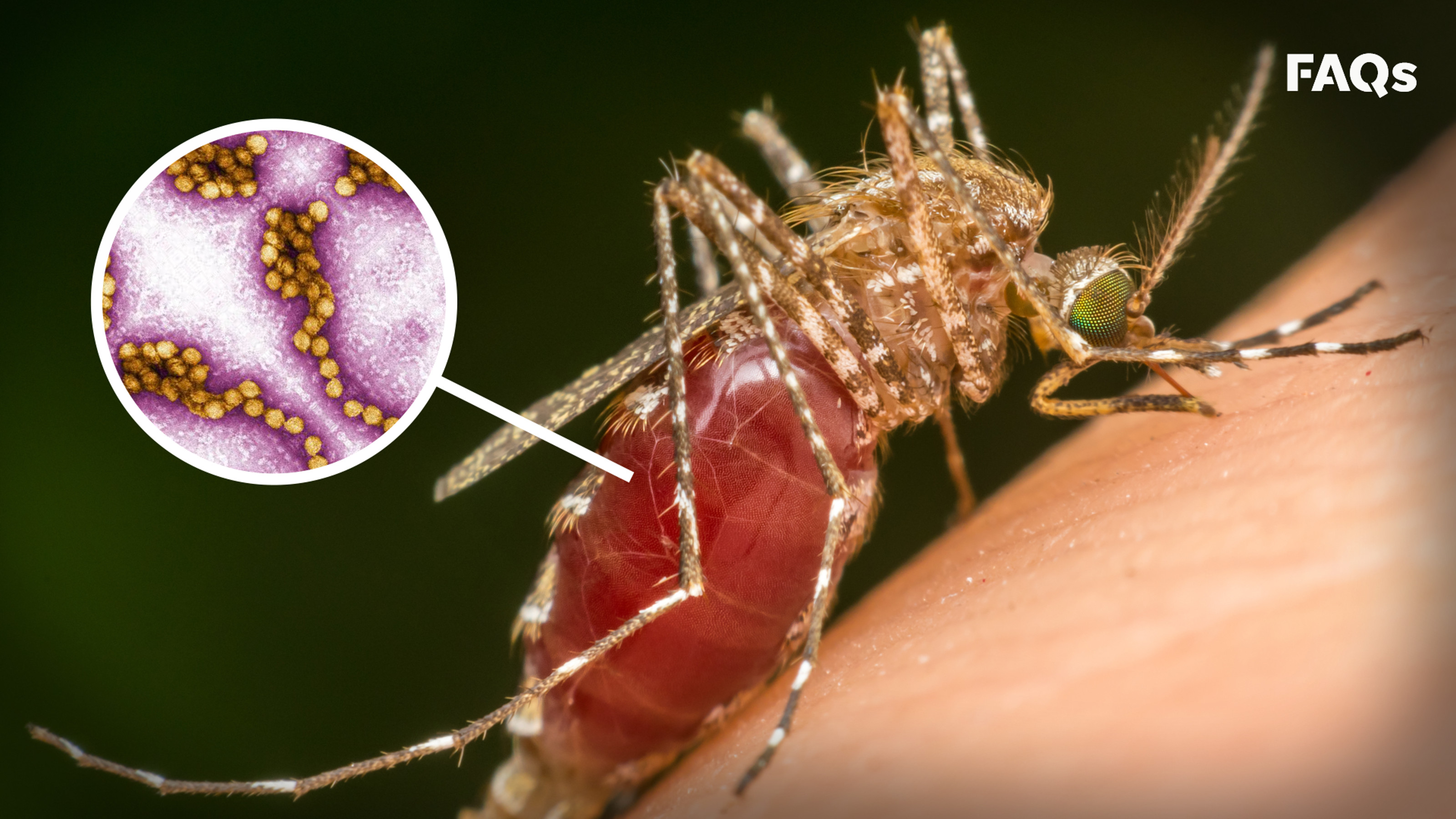Watching an invasive apex predator swallow a full-sized deer in front of them is something that a group of biologists in South Florida will never forget. A new study conducted from the Conservancy of Southwest Florida revealed that Burmese pythons are capable of consuming larger prey than scientists realized.
But just how large of an animal are we talking? Try ingesting a 77-pound white-tailed deer.
That's what one of three female Burmese pythons did when the scientists were observing them for the study, which was published in the Journal of Reptiles & Amphibians this week. The data collected proved these invasive snakes have a bigger gape than the prior largest diameter recorded, up from 8.7 inches in prior studies to 10.2 inches in the new one.
The measurements equate to a circumference of 32 inches. The pythons' wide jaws and elastic skin allow them to consume prey six times larger than other snake species, the conservancy said. “This means that more animals are on the menu,” the conservancy said in a press release.
Biologists Ian Bartoszek and Ian Easterling, in collaboration with Dr. Bruce Jayne from the Department of Biological Science at the University of Cincinnati, measured the maximum gape for the study. They worked with three Burmese python — the largest measuring at 19 feet long, with two other large snakes at 15 and 17 feet. “These snakes resemble overachievers by sometimes testing the limits of what their anatomy allows rather than being slackers that eat only ‘snack size’ prey,” Jayne said.
The deer that was taken down by the python in the study was discovered discovered to be 66.9% of the snake’s mass. Nearly 770 pythons have been removed by the conservancy’s team over the last dozen years. Jayne said that if each of the snakes ate one deer as big as they can swallow, it would come out to close to 13,000 pounds of deer. “Watching an invasive apex predator swallow a full-sized deer in front of you is something that you will never forget,” Bartoszek said. "The impact the Burmese python is having on native wildlife cannot be denied. This is a wildlife issue of our time for the Greater Everglades ecosystem.”
More than 120 snakes have being radio-tagged and tracked so the conservancy can better understand the species. It has removed more than 36,000 pounds of python from southwest Florida as of October 2024. The invasive species is wreaking havoc on South Florida's ecosystem.
The scale at which the Burmese python is able to decimate the native wildlife population in South Florida continues to astonish biologists studying to eradicate the invasive species. Researchers in the region recently proved that Burmese pythons are able to stretch their jaws wide enough to swallow large prey -- such as fully grown deer and alligators -- whole, according to a paper published in the journal Reptiles & Amphibians.
"Knowing the size of prey that predators can consume facilitates understanding and predicting their ecological impact," the paper states.
The study, published in the journal Reptiles & Amphibians, details how a team of researchers from the Conservancy of Southwest Florida observed a 14.8-foot-long female Burmese python swallowing a 77-pound white-tailed deer. This astonishing display of predatory power forced scientists to re-evaluate the snakes' feeding capacity.
The female python weighed about 115 pounds, while the deer weighed about 77 pounds -- representing 93% of the snake's maximal gape area, the size of their mouth opening, according to the paper. Burmese pythons can consume meals equivalent to 100% of their body mass, according to the Florida Fish and Wildlife Commission. While parts of tailed deer had been found in python necropsies before, this was the first time biologists had witnessed it in the wild, Bartoszek said.
“In this specific example, it feels like we caught the serial killer in action,” Bartoszek said.
The large nonvenomous constrictor captures its prey by ambushing it before coiling around it. The snake then squeezes until the animal goes into cardiac arrest, Bartoszek said. In the case they witnessed, the python had bitten the deer in the neck before coiling around it, he added. “When you see their anatomy firsthand, they are amazingly designed,” Bartoszek said. “Mother Nature did a very good job with the species.”
Had that python lived, it probably would have “used” the feed from the deer over the course of a week, Bartoszek said. But since they are opportunistic hunters, the snake could have very well captured its next prey before then, he added.
A variety of species have been found in the gut contents of Burmese pythons during necropsies, including mammals, birds, reptiles, as well as federally protected species such as the wood stork and the Key Largo woodrat, according to the FWC. Burmese pythons are one of the most concerning invasive species in the region, according to the U.S. Geological Survey (USGS).
The species, native to Africa, Asia and Australia, established a breeding population in South Florida through intentional and accidental release, according to the USGS. Severe declines in mammal populations throughout Everglades National Park have been linked to the species, according to the USGS. A 2012 study found that populations of raccoons had declined 99.3%, opossum populations declined 98.9%, and bobcats 87.5% since 1997. Other mammals have “effectively disappeared” over time, such as marsh rabbits, cottontail rabbits and foxes, according to the USGS.
“Imagine just thousands and thousands of pythons eating their way through the Everglades,” Bartoszek said.
Burmese pythons were added to Florida's Prohibited Nonnative Species List in 2021. The state also pays bounty hunters to catch Burmese pythons through the FWC's Python Patrol program. The species, with its efficient reproductive capabilities and voracious appetite, is creating a cascading effect of loss within the ecosystem of the Everglades and surrounding areas, Bartoszek said. “We didn't want to alarm people,” Bartoszek. “We just want to showcase what our native wildlife is up against across the greater Everglades ecosystem.”


















